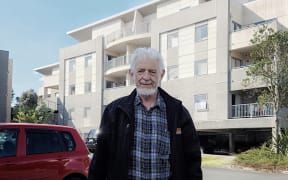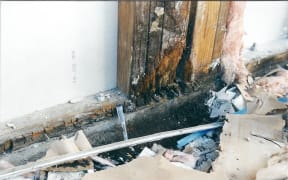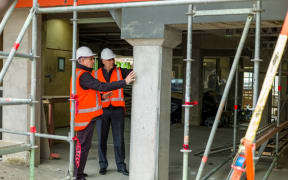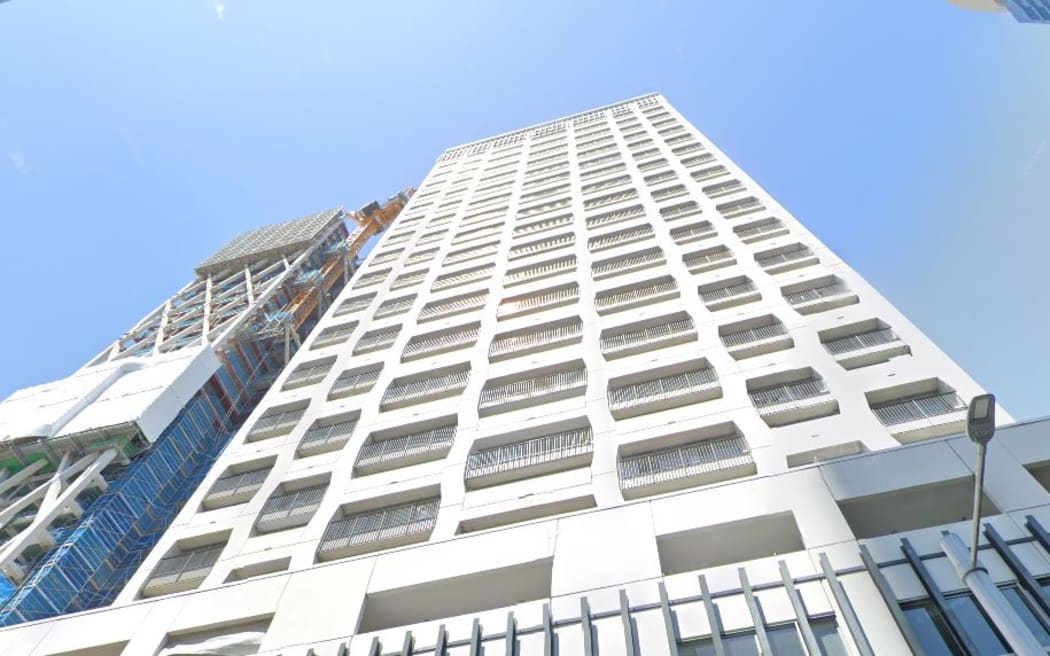
Auckland Harbour Suites in Gore St, formally known as Harbour Oaks. Photo: Google Maps
A decade-long $157 million lawsuit over a leaky apartment tower in Auckland is nearing its end after a court found the council failed to pick up problems during building inspections.
The owners of the 40-level Harbour Oaks at Gore Street near Britomart sued Auckland Council and 11 other parties they claimed were responsible for a raft of defects in litigation that began in 2014.
A High Court judgment released on Tuesday upheld some of their claims, and sought further submissions in order to resolve damages.
All parties have filed appeals relating to the liability findings.
Justice Tracy Walker said owners were entitled to general damages and would need to vacate the tower while the building was repaired, but that cost was still to be worked out.
Auckland Council general counsel Helen Wild said this was the largest single building defects claim brought against the council, and the most complex.
Of the 13 defects the council was sued for, Wild said seven were dismissed, while out of the other six the plaintiffs only "fully succeeded" on two.
"The judgment has dealt only with liability issues, and any amounts payable is still to be addressed by the court. That will be complex - it is likely to take several months."
RNZ approached the body corporate, lawyers for the owners and waterproofing product supplier Equus Industries. All declined to comment.
The council was found to have breached its duty of care by issuing codes of compliance certificates (CCC) without further inspection of bathrooms, balconies and fire safety.
Some of the defendants went into liquidation or settled, leaving only Auckland Council and Equus defending the claims. All claims against Equus were rejected by Justice Walker.
The case involved hundreds of people who own units in the apartments, which has 406 of them.
A hotel owned around 80 of these units and was also among those who sued the council. It claimed there were leaky balconies and bathrooms, along with inadequate fire protection and earthquake defects in the building.
The group said there were "never-ending problems" with the building along with potential health and safety risks, and remediation costs would be "enormous", causing them distress and anxiety.
Property law expert Joanna Pidgeon said the case was the largest claim for a leaky building of which she was aware.
"It's gone on for a very long time, so a lot of the owners in there have been financially stretched and had to sell their units. They'll be hoping for an outcome that allows them to remediate the issues.
"This is one of the longest and complicated cases of its kind."
It was not unusual to see the council being sued in these cases, she said, along with architects and contractors involved in the project.
"In the case of a leaky building, the body corporate and owners will look to see who is still around and not in liquidation, who have some liability."
The responsibility did not solely lie on the council, Pidgeon said, as they could not be on site all the time during construction.
"Council can't watch every single move, they'd be coming to investigate at certain times. I'm sure the council and its insurers are frustrated - they're often one of the last people standing in these claims, however they do have a responsibility in signing off and issuing these codes of compliance.
"In the end, it's the ratepayers who are the ones who will be funding it."
Remediation work on the building would likely happen after costs were awarded, Pigeon said, as it was often hard to carry out repairs before then as owners would struggle to meet the costs.
"When that work happens the building will need to be emptied. Owners will still have their mortgages to pay and need to find somewhere else to live during that time."
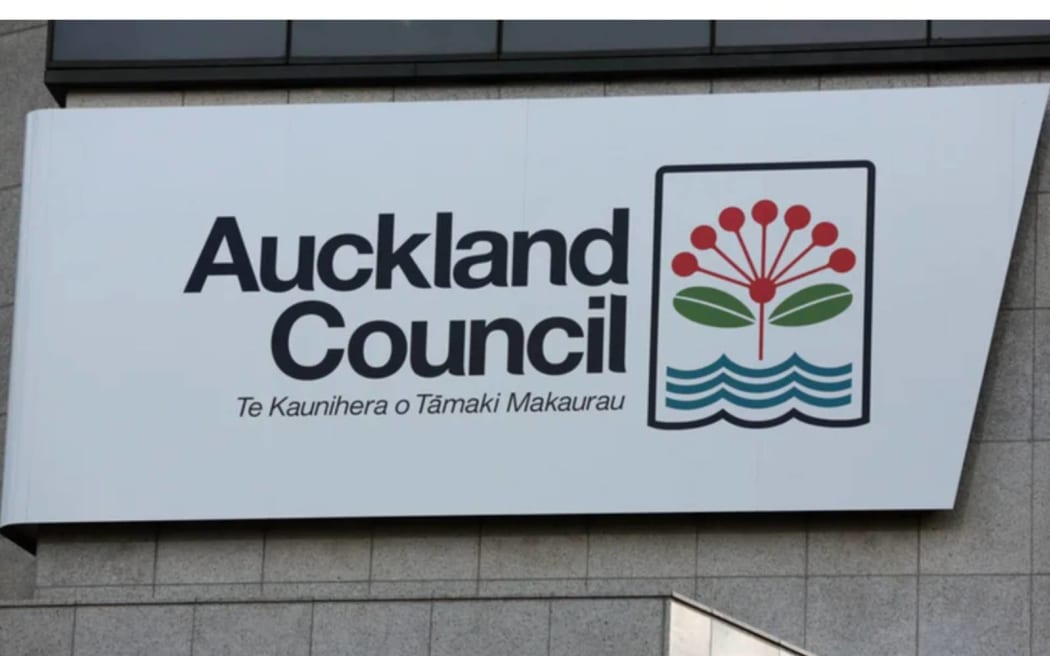
The owners claimed Auckland Council breached its duty of care by issuing building consents and failing to ensure there was suitable fire protection in the building, and that a CCC was issued without verification of compliance. Photo: Local Democracy Reporting / supplied
Background
The 2022 trial in front of Justice Tracey Walker at the High Court in Auckland took five months, with 55 expert witnesses being called.
The owners claimed Auckland Council breached its duty of care by issuing building consents and failing to ensure there was suitable fire protection in the building, and that a CCC was issued without verification of compliance.
Given the size and scale of the building, Justice Walker noted the importance of fire safety, and agreed a CCC should not have been issued without further investigation.
Justice Walker found the council breached its duty of care when it issued the CCC covering fire safety aspects.
Claims that staircases in the buildings were not designed to perform as they should in an earthquake were not upheld by Justice Walker, who disagreed the council had been negligent issuing a CCC on that basis.
Leaky balconies at the apartment had a projected repair cost of $51 million, and owners said the council should not have consented use of materials without independently verifying it. Experts called during the trial agreed, and told the court the installation of the balcony waterproofing system did not comply with consented plans for the building.
Inside the apartments, owners said there were issues with water from the baths going in and behind wall linings causing mould and damage. Water was not properly contained within the room, so it damaged carpet and flooring.
Justice Walker found the council breached its duty of care with the leaks inside and outside the building, and she said the council did not carry out an inspection of the bathrooms with "due care".

